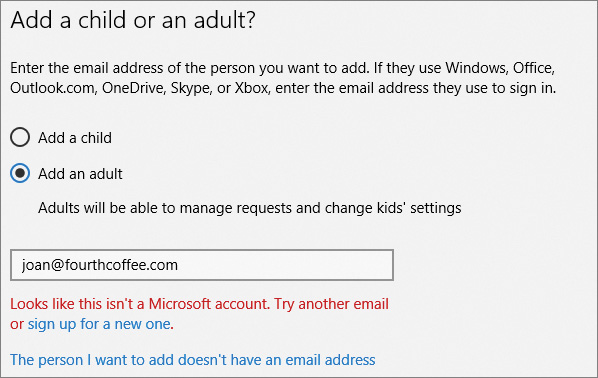
Windows 10, Microsoft’s flagship operating system, is renowned for its user-friendly interface and extensive array of features designed to accommodate users of all ages and skill levels. One fundamental aspect of Windows 10 is its support for multiple user accounts, allowing individuals to personalize their computing experience while ensuring security and privacy. Whether you’re setting up an account for an adult or a child, adding users in Windows 10 is a straightforward process with a myriad of customization options. In this comprehensive guide, we will explore the step-by-step instructions, tips, and best practices for adding users to Windows 10, empowering you to tailor your computing environment to your specific needs and preferences.
Understanding User Accounts in Windows 10:
Before delving into the process of adding users in Windows 10, it’s essential to understand the different types of user accounts available:
- Local Account: A local account is a user account that is created and stored locally on the computer. Local accounts are ideal for individual users who do not require access to shared resources or network services.
- Microsoft Account: A Microsoft account is an online account provided by Microsoft that allows users to access a wide range of services, including email, OneDrive, and the Microsoft Store. By signing in with a Microsoft account, users can sync their settings across multiple devices and access additional features.
- Child Account: A child account is a special type of Microsoft account designed for children under the age of 18. Child accounts offer parental controls and supervision features to help parents manage their child’s online activities and ensure a safe and age-appropriate computing experience.
Adding a User in Windows 10:
Now let’s explore the step-by-step process for adding a user in Windows 10:
- Open Settings: Click on the Start button in the taskbar, then click on the Settings (gear) icon to open the Settings app.
- Navigate to Accounts: In the Settings app, click on the “Accounts” category.
- Select Family & other users: In the left-hand menu, select “Family & other users” to access the user account settings.
- Add a User: Under the “Other users” section, click on the “Add someone else to this PC” option.
- Choose How the User Will Sign In: You will be prompted to choose how the user will sign in. If the user has a Microsoft account, select “Sign in with a Microsoft account.” If not, select “Add a user without a Microsoft account” to create a local account.
- Follow the On-Screen Instructions: Depending on your selection, you will be prompted to enter the user’s email address or create a username and password for the new account. Follow the on-screen instructions to complete the process.
- Customize Account Settings: Once the user account has been added, you can customize its settings, including account type, permissions, and parental controls (if applicable).
- Sign In: After adding the user account, the new user can sign in to Windows 10 using their credentials.
Customizing User Account Settings:
In addition to adding users, Windows 10 offers a range of customization options for user accounts. Here are some key settings you can customize:
- Account Type: Choose between Standard User and Administrator privileges. Administrator accounts have full control over the system, while Standard User accounts have limited permissions.
- Parental Controls: If you’re adding a child account, you can configure parental controls to restrict access to inappropriate content, set screen time limits, and monitor online activity.
- Sync Settings: If the user has a Microsoft account, you can choose to sync their settings, including theme preferences, passwords, and browsing history, across multiple devices.
- Privacy Settings: Customize privacy settings to control what information is shared with Microsoft and other apps and services.
Conclusion:
In conclusion, adding users in Windows 10 is a simple yet powerful feature that allows individuals to personalize their computing experience and manage multiple accounts with ease. Whether you’re setting up an account for yourself, a family member, or a child, Windows 10 offers a range of customization options to tailor each user’s experience to their specific needs and preferences. By following the step-by-step instructions and exploring the customization options outlined in this guide, you can confidently add users to Windows 10 and create a secure, personalized computing environment for yourself and your family.